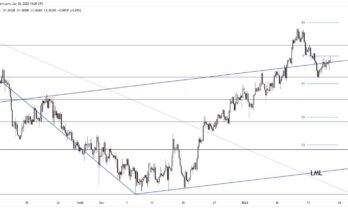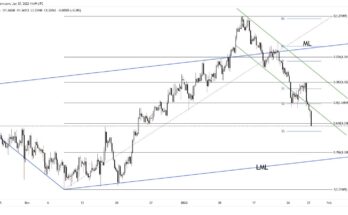The dollar’s climb over the past few weeks has hit the buffers for now and indices remain in a state of nervousness as volatility inches higher. Treasury yields have dived and the dollar bull run is being challenged. As the profit taking establishes itself, the question is how long will it go before the dollar reasserts itself. Later today could see such a landmark as the minutes from last month’s FOMC meeting are released which is one of the highlights of what is likely to be a quiet session ahead. The market may well have got ahead of itself following September’s meeting that saw the “dots†point to a more hawkish Federal Reserve and suggestions that rate hikes might come sooner and be more frequent than was previously thought.
To date, the appreciation of the dollar has been quick, possibly too quick and whilst a pause for breath maybe welcome, it doesn’t necessarily mean we have seen the end of the longer term upward dollar move. Many participants will even welcome this correction to present them with an entry for long positions having missed the bulk of the recent move. For those seeing this as an opportunity to buy the dollar, the main question is which currency is most likely to suffer the most against the dollar. Since Eurozone data continues to disappoint, with a particular worry being Germany as it looks more and more likely that Europe’s largest economy will dip into recession, one of the main targets recently has been the euro.
Overnight, Services HSBC PMI data in China was weaker at 53.5, with composite measure falling from 52.8 to 52.3. This did weigh on the Aussie during the early part of the Asia session, but most of the initial losses were reversed.
Further reading:
EUR/USD: Trading the US Unemployment Claims
Can GOLD March Higher?



